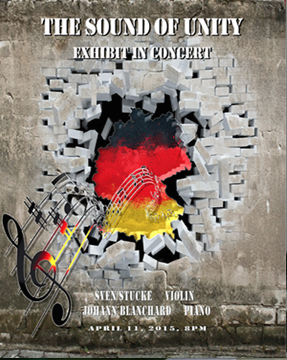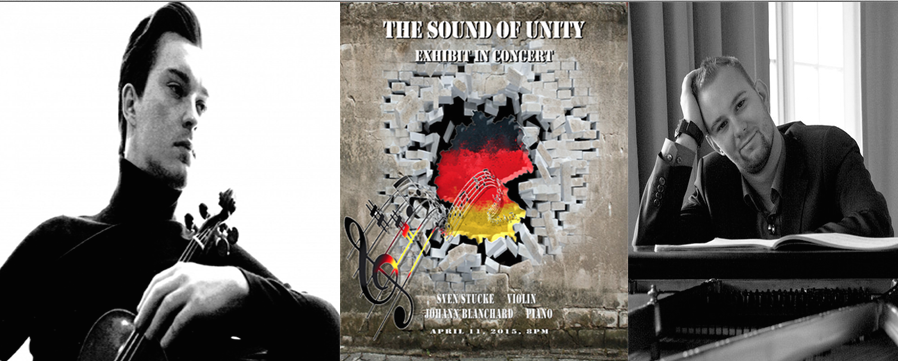Sven Stucke (Music Director) and Xi Wang (General Director), violins; Julia Yang, cello; Mika Sasaki, piano; Karwendel Music Festival Alumni: Jennifer Ahn, Maki Omori, Akbike Algi, and Linda Guo, violins, with Eric Malson, piano.
Well Recital Hall at Carnegie Hall, New York, NY
January 31, 2018
Karwendel is a festival only two years old, located in the impossibly picturesque Bavarian Alps in a village called Mittenwald. If you were intrepid and got just a bit lost on a hike, you could easily find yourself over the border in Austria. Few people know that Mittenwald was also a center of stringed instrument building, rivaling the better-known Cremona. Despite their rather vague, high-flown mission statement: “to extend the impact of classical music on society,” they put on an effective, often exciting concert last night.
The concert began with a violin duo arrangement of two Chinese folk tunes, played expertly by the music director, Sven Stucke, and the general director, Xi Wang, who was also the arranger. Ms. Wang displayed her spot on accuracy in the highest violin positions in the first piece, Bird Song. It’s a shame we didn’t get to hear any more from her on this occasion.
Four of the festival’s recent best alumnae were then presented, each in a showy work. Jennifer Ahn muscled her way through Wieniawski’s famous Polonaise with great technical poise and accuracy, but her account lacked charm and ease, the sort with which the greatest players seem to be merely sporting with the material. Maki Omori was more successful, with a fine rendition of Fritz Kreisler’s Recitativo and Scherzo for unaccompanied violin. Akbike Algi gave a sultry performance of the Frolov medley from Gershwin’s Porgy and Bess. Finally, Linda Guo wowed the hall with her Carmen Fantasy by Waxman. This showed not only technical mastery, but somehow managed to convey the emotions of the original opera through color changes and phrasing. The collaborative pianist for all four was Eric Malson, who was always supportive, but sometimes seemed to be struggling technically, and definitely needed a page turner.
After intermission came the Mount Everest of the piano trio literature, Tchaikovsky’s Piano Trio, an epic lament on the death of his close friend, Nikolai Rubinstein, Russian pianist, conductor, and composer. This work was almost “not” created, for Tchaikovsky famously detested the sound of piano and solo strings. He could only abide the piano in a concerto or as total background in accompanying. Shall we say he overcame the issue quite enduringly? For me, the stunning find of the evening was the cellist in this performance: Julia Yang. She invested every single tone of her part with heartbreak and emotional intensity, even seemingly innocuous accompanying patterns. This is to take nothing away from her two partners: Mr. Stucke on violin and Mika Sasaki on piano. Every phrase was carefully worked out, the pacing was satisfying. There is a lot of heroic loud playing, but the ear never tired. They took the standard large cut in the final variation/finale, which is certainly forgivable from an endurance standpoint, but does amputate the sonata-form, and when you can play the piece this well, why not do it? Mr. Stucke was excellent in the busy violin part, bringing poignancy and detail to every phrase. Ms. Sasaki was completely, astonishingly, on top of every insane technical demand in this killer piano part, and she often played with beautiful lyricism in the middle to softer dynamics. I wish someone would teach younger pianists that they can play loudly without a harsh tone, however. I was missing warmth and roundness of tone. Perhaps one can blame the house piano in Weill Hall, though it all depends on who is sitting in front of it—I’ve heard magic emanate from it too. It is truly admirable for such a young group to have this work under their belts now; if they stay together, I’m certain they will continue to add layers of meaning to this already fine performance.
All in all, something really good is happening in those Bavarian Alps, so keep it up Karwendel!


